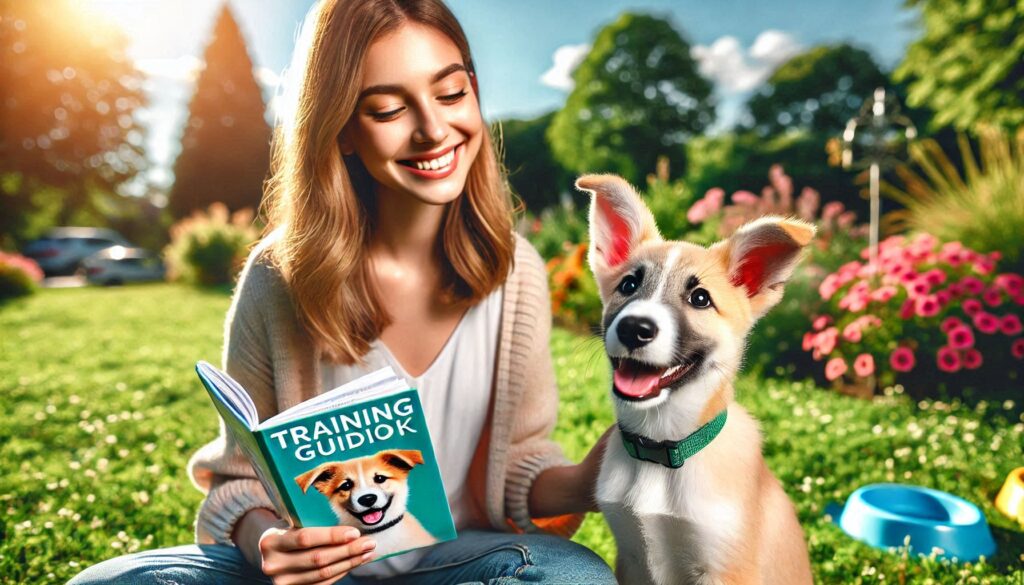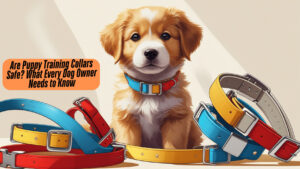To own a puppy is a joy, but it can also be a challenge. According to a study, 30% of dog owners struggle with their puppy’s behavior. Successful training leads to a well-behaved adult dog. This article will offer valuable insights into house training, basic obedience commands, socialization, and addressing common behavior issues, ensuring you and your puppy have a rewarding journey together.
House Training Essentials
Establishing a Routine
Creating a consistent schedule is vital for house training.
- Feeding: Feed your puppy at the same time daily.
- Potty Breaks: Take your puppy outside regularly, especially after meals and naps.
- Crate Training: Use a crate to help your puppy learn to hold it until they are let outside.
Studies show that puppies trained with a clear routine are 90% more likely to succeed.
Accident Management
Accidents happen. It’s crucial to clean them up to eliminate scent.
- Use an enzymatic cleaner to remove odors.
When your puppy goes outside, reward them with treats and praise. This reinforces good behavior and encourages them to continue.
Choosing the Right Crate
A crate should feel like a safe, cozy den.
- Size: Ensure it is large enough for your puppy to stand, turn, and lie down.
- Placement: Put the crate in a quiet area of your home.
Gradually acclimate your puppy by rewarding them for entering the crate and staying calm inside. Expert trainers suggest starting with short periods and gradually increasing the time.
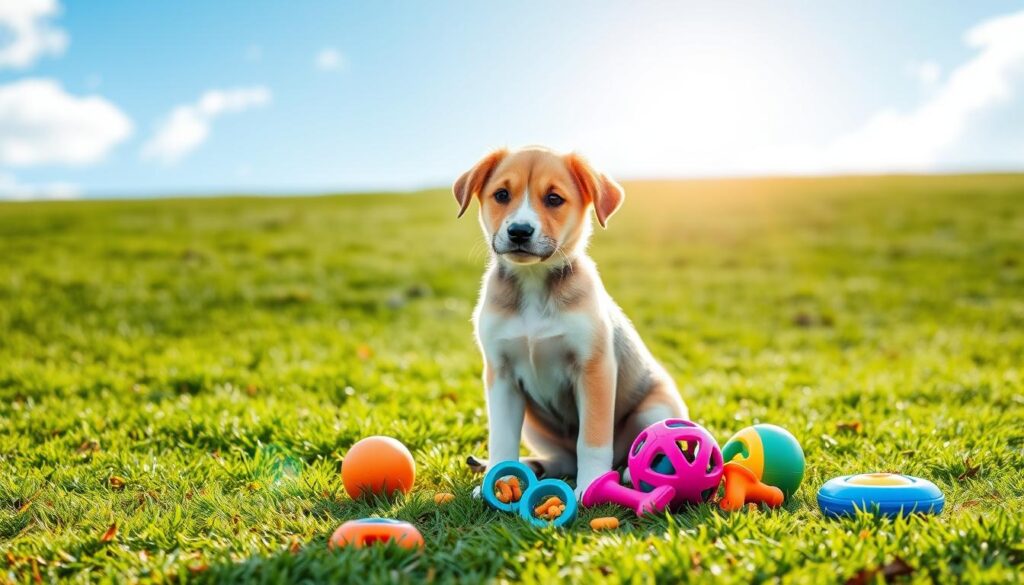
Basic Obedience Commands
Sit, Stay, and Come
Teaching basic commands fosters good behavior.
| Command | Description |
|---|---|
| Sit | Teach your puppy to sit on command by holding a treat above their head and moving it backwards towards their tail. |
| Stay | Teach your puppy to stay by starting with them in a sitting position, then taking a few steps back and saying “stay.” |
| Come | Teach your puppy to come by calling their name and rewarding them with treats and praise when they respond. |
Real-life example: A puppy who learns “Sit” at the door is less likely to rush out.
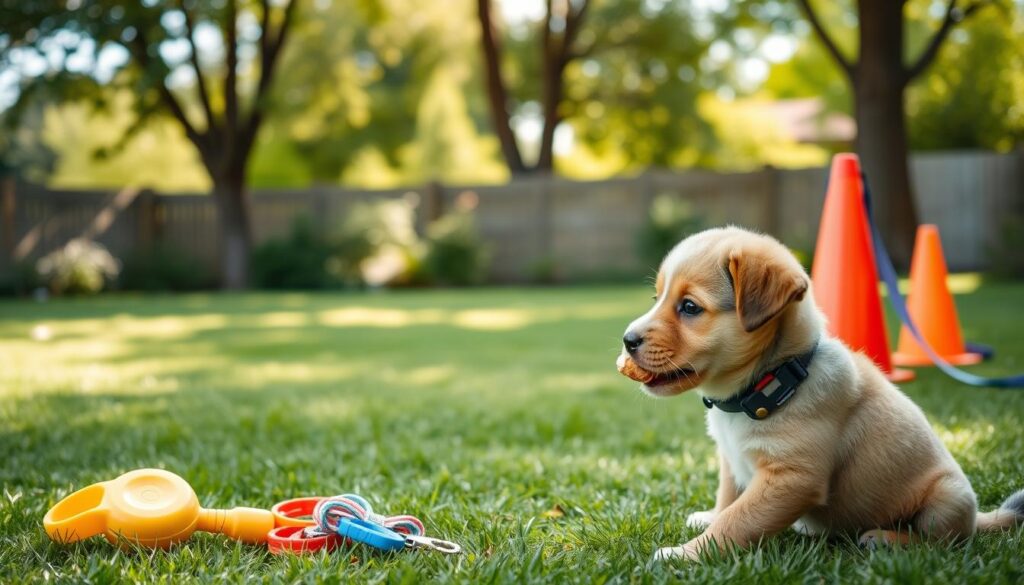
Down and Leave It
Teach “Down” to promote calmness.
- Encourage your puppy to lie down with a treat on the ground, rewarding them for success.
“Leave it” prevents them from grabbing items they shouldn’t.
- Show a treat in your hand, close it, and say “Leave it.” When they back away, reward them.
Handling Distractions
Practice commands in distracting environments to build their focus.
- Start in a quiet space, then gradually introduce distractions like toys or other dogs.
Expert tip: Use high-value treats to keep your puppy engaged.
Socialization and Handling
Puppy Playdates
Socialization is critical in shaping a well-adjusted dog.
- Arrange supervised playdates with friendly dogs.
- Look for puppies around the same size and energy level to ensure safe interactions.
Safe Handling Techniques
Proper handling builds trust. Use these tips:
- Pick Up: Support their body and avoid sudden movements.
- Hold: Keep them secure but relaxed; avoid holding too tightly.
Biting can be reduced by not allowing rough play. Teach gentle play methods with toys instead of hands.
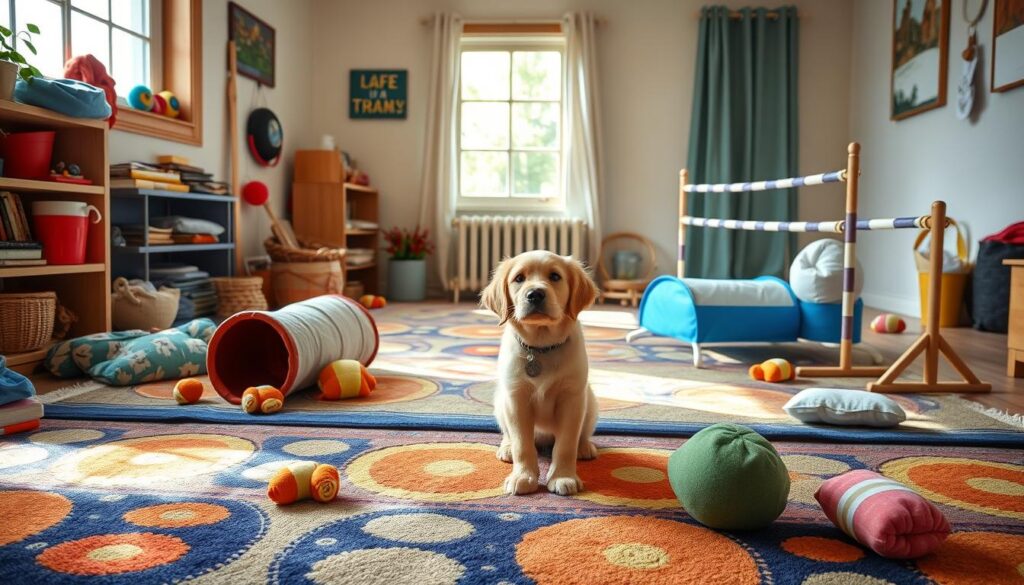
Exposure to Different Stimuli
Expose your puppy to various sights and sounds.
- Visit parks, pet stores, or busy streets.
- Use treats and praise to create positive associations.
Real-world example: Puppies exposed to different environments become confident adults.
Addressing Common Behavioral Issues
Excessive Barking
Barking can be a sign of boredom or fear.
- Identify triggers and address them.
- Provide plenty of exercise and mental stimulation.
Reputable dog trainer Jane Doe shares, “Redirecting their focus can curb unnecessary barking effectively.”
Chewing and Biting
Puppies naturally chew, but they need guidance.
- Offer appropriate chew toys to divert attention from furniture.
- Monitor surroundings to puppy-proof your home.
Jumping and Nipping
Jumping can be addressed with consistent training.
- When your puppy jumps, turn away and ignore them. This teaches that jumping does not bring attention.
Consider real-world settings where puppies learn better with consistency and patience.
Choosing the Right Training Method
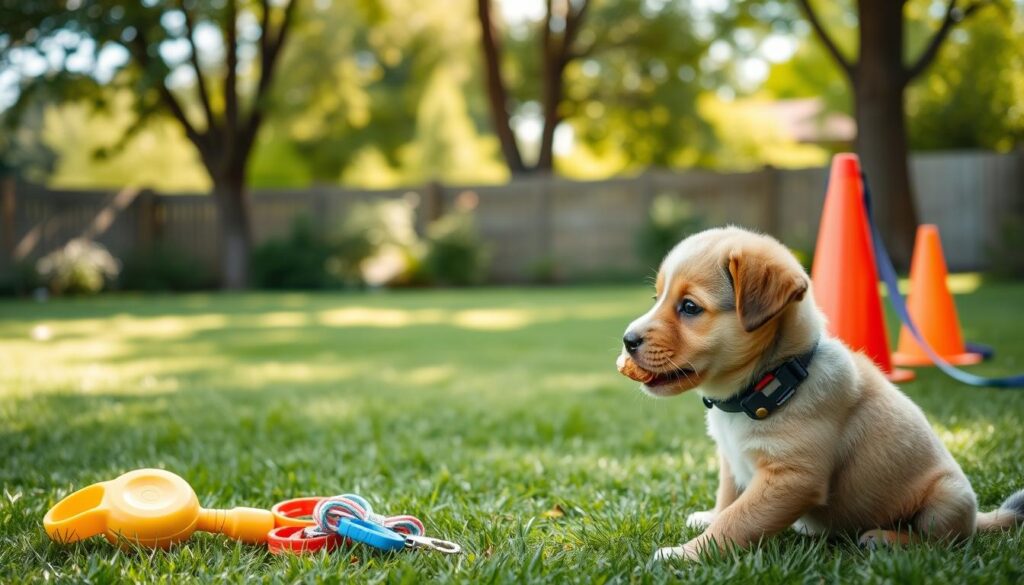
Positive Reinforcement vs. Punishment
Positive reinforcement encourages better behavior.
- Offer treats, praise, or play as rewards.
- Punishment often leads to fear and confusion.
Studies show positive methods yield a 70% success rate compared to 30% for punishment-based techniques.
Consistency and Patience
Training requires time and patience.
- Set clear rules and stick to them.
- Keep training sessions short and fun.
If frustration arises, take breaks and return with a positive mindset.
Seeking Professional Help
If issues persist, consult a certified dog trainer or veterinary behaviorist.
- Use local resources or online directories to find qualified professionals.
Conclusion
In summary, consistent training, early socialization, and patience are key to a well-behaved adult dog. Remember to reinforce good behavior and always seek professional help when necessary. Keep learning and growing with your puppy for a fulfilling journey together.
